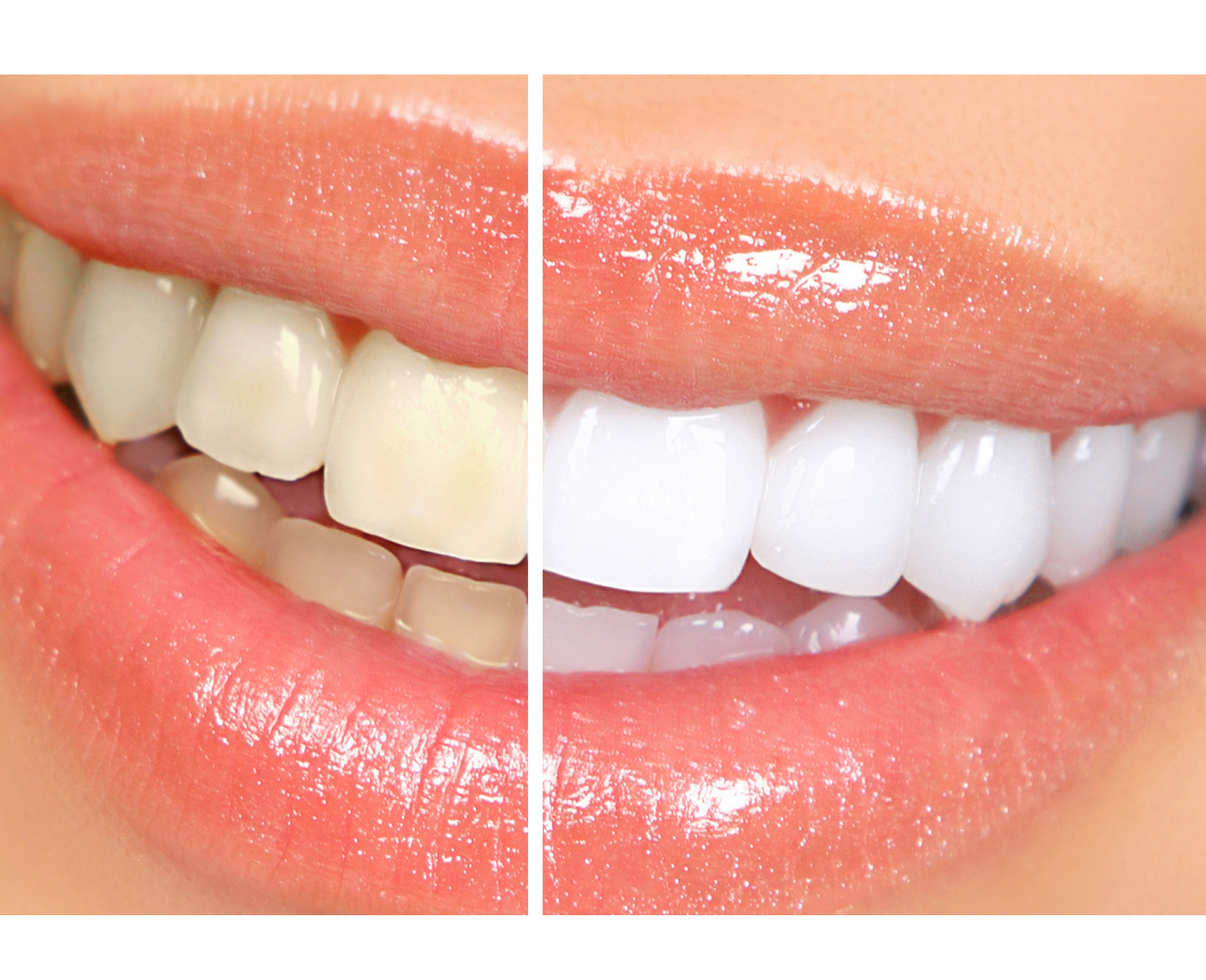Specialised Dentistry
Dental Implants
What are implants?
Implants have been around for many years and becoming more and more common as they are a successful method for replacing missing teeth. Implants allow a patient to look natural and function normally even though it is artificial teeth.
The implant is made up of titanium and the root is like a screw that is placed into the jawbone. The artificial tooth such as a crown or bridge is supported by the screw once healing has taken place.
Implants can also be used with removable dentures to create a more secure and stable base for the denture.
If you find yourself refraining from smiling, laughing out loud or eating in public for fear that your denture may slip or others will notice the space left by missing teeth, dental implants may restore your confidence.
Dental implants are restorations that mirror the form and function of natural teeth, and they are a great way to replace teeth that were lost or removed or congenitally missing teeth.
An implant anchors prosthetic teeth into your jawbone to provide a secure, stable fit, and they can be used to replace a single tooth or multiple teeth.
Why implants?
Implants do have some advantages over removable dentures. Mainly because removable dentures are fixed in the mouth and as the name goes, need to be removed. This can become uncomfortable for the patient if the denture moves when eating and speaking. Over time the bone that supports the denture can also shrink, making it difficult for the dentures to be supported comfortably.
Implants also have some advantages over fixed bridges, especially when the teeth next to the ‘gaps’ are healthy teeth. For a fixed bridge to be placed, it is necessary to adjust the adjacent teeth for crowns too so that the bridge can be supported.
If these teeth are healthy and free from any decay and existing restorations, it will be more preferable to leave them natural and not change their structural integrity.
Implants replace the missing tooth or teeth while leaving all adjacent teeth unaltered.
How successful are implants?
Although implants have a high success rate. There are several factors that this rate depends on. These range from the overall health of a patient to the quantity and quality of bone in the patients mouth to whether the patient smokes or not as well as continuous home care maintenance and regular dental check-ups.
Replacing missing teeth is important for aesthetics and function. Visit your dentist to assess if you are a candidate for implants

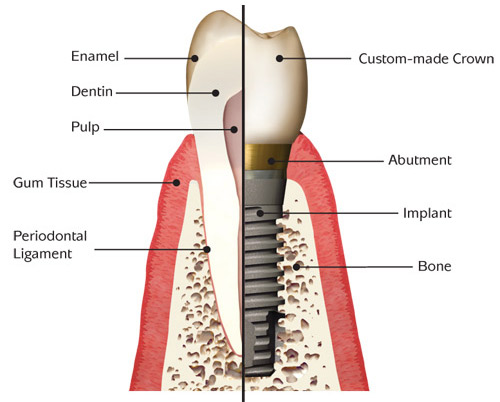

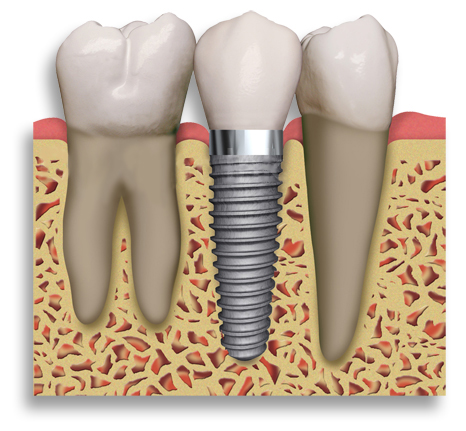
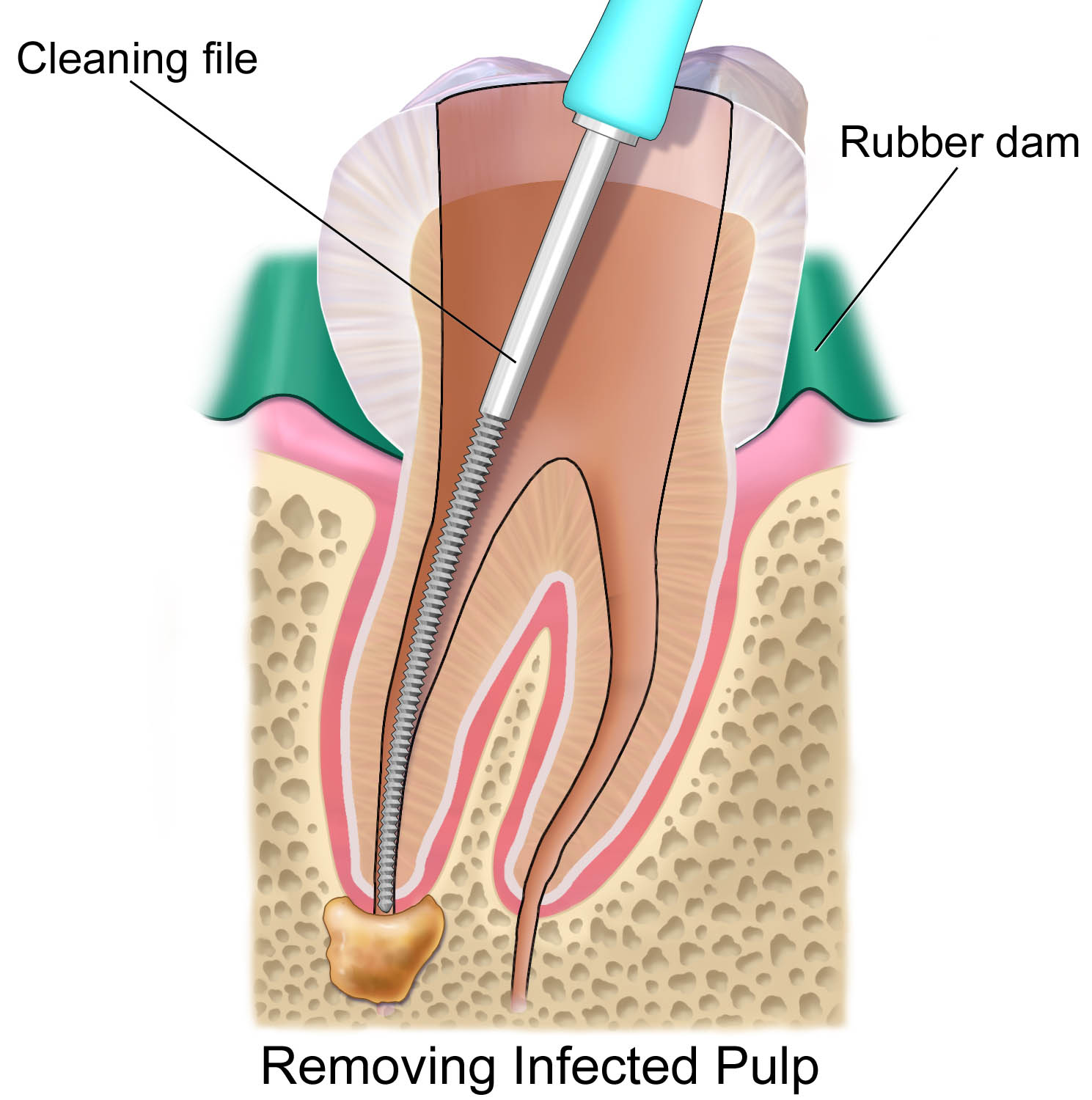
RCT
If your tooth's nerve chamber becomes infected due to decay, or damaged by injury, root canal treatment is often the only way to save your tooth.
Root canal treatment (also called ‘endodontics') is required when the pulp (blood and nerves) of a tooth is infected through decay or injury. You may not feel any pain in the early stages of the infection or until an abcess is formed. In some cases your tooth could discolour, which may mean that the nerve of the tooth is ‘non-vital’ or basically ‘dead’. For the tooth to be saved you would need to have root canal treatment.
At a later stage if an abcess is formed, you may complain of symptoms of dull pain to severe ache and the tooth may be very tender when biting. This is because of the pus and inflammation that has formed around the tooth in response to an infection.
The only option at this stage is to either have a root canal done or have the tooth removed.
Worried about pain?
Your dentist will administer a local anaesthetic and it should feel no different to having an ordinary filling done. There may be some tenderness afterwards but this should gradually get less over time.
Restorative
Over time a tooth surface such as enamel and dentine may become decayed or damaged. Fillings(restorations) are used to fill the cavity and repair the tooth. There are many different types of filling materials that can be used but the two main types are composites and amalgams.
Composite fillings are strong, but not as hard wearing as amalgam fillings. Composites are tooth coloured and are made from powdered glass quartz, silica or other ceramic particles added to a resin base. The tooth is usually cleaned out or adjusted before a filling is bonded onto the tooth. The dentist and you, will choose a shade to match your own teeth, although over time staining can happen.
These are perfect for teeth that need to be restored and are in the ‘smile-line’ where there is a higher need for aesthetics.
Amalgam fillings are silver coloured and very strong. They are made up of mercury and a silver alloy (50% mercury, 35% silver, and 15% tin, copper and other metals). Amalgam is long lasting and hard wearing and may last for 15 to 20 years. Amalgams have been used for fillings for at least 150 years and were used before the invention of composite materials.
Once again the dentist has to remove the decay and prepare the tooth area prior to placing the amalgam filling. Amalgam fillings are used on the back 'chewing' teeth.
If the tooth is badly broken, your dentist may need to place a small stainless steel pin to help secure the filling or will tell you if a crown is required instead of a filling.
Your dentist will advise you on what kind of filling material is suited to your situation. Talk to them if you would like a particular type of filling material such as tooth-coloured fillings.
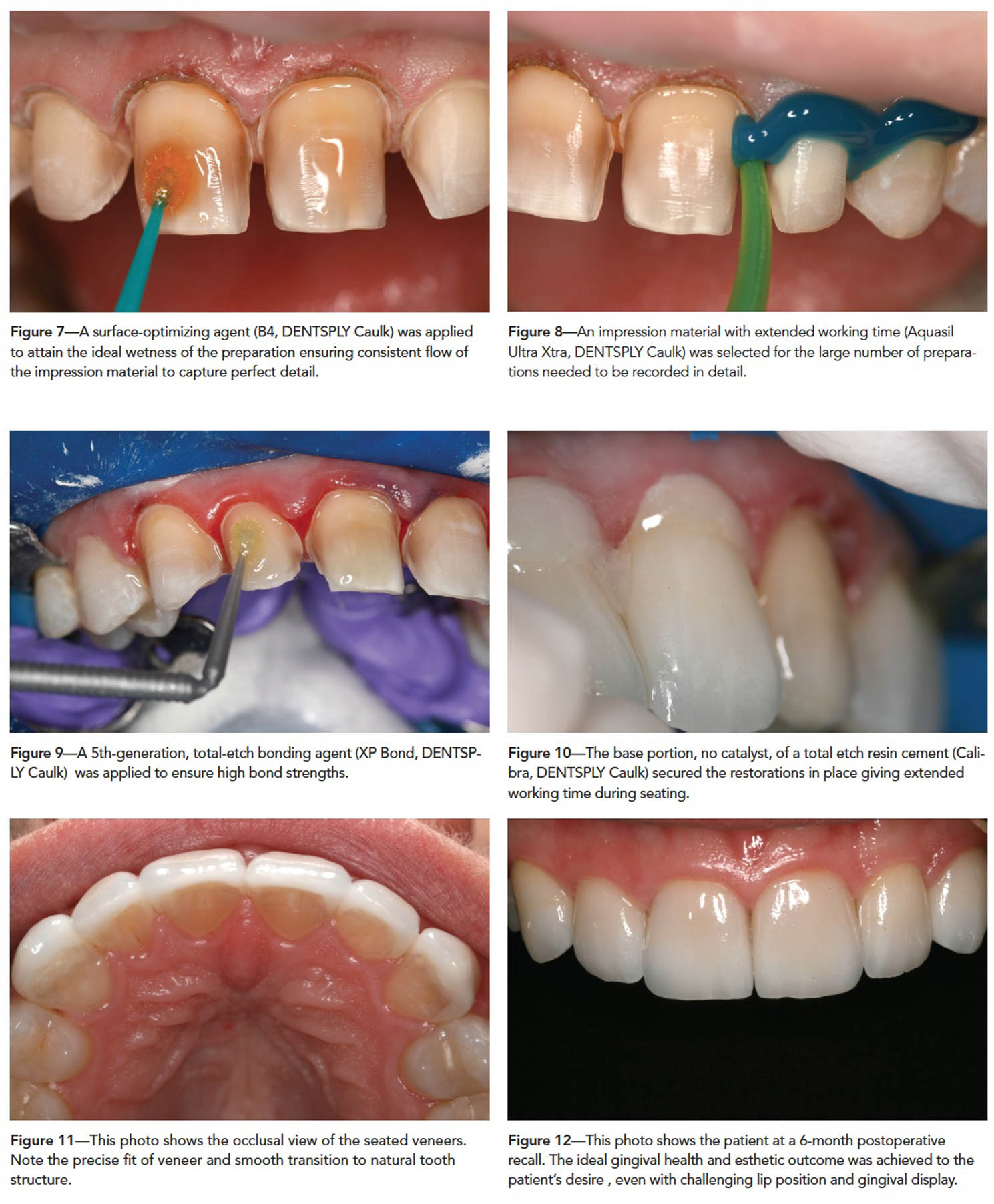


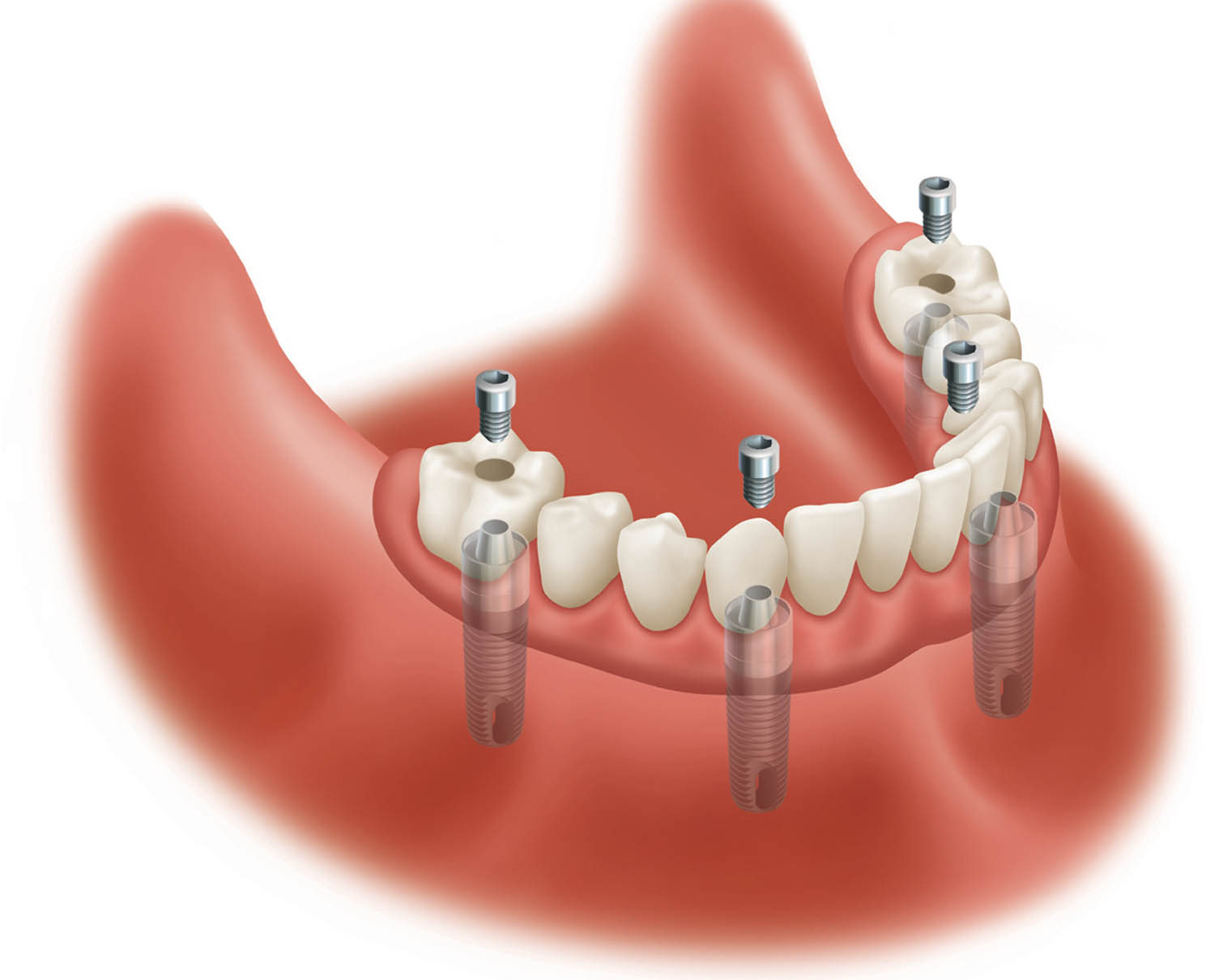
Just as important and looking after your natural teeth, your dentures should be brushed daily to remove food particles and plaque. Brushing also can help keep the teeth from staining. Here are a few simple steps to maintaining your denture so that it looks good and new for as long as possible.
- Rinse your dentures before brushing to remove any loose food or debris.
- Use a soft bristle toothbrush and a non-abrasive cleaner NOT TOOTHPASTE to gently brush all the surfaces of the dentures so they don't get scratched.
- When brushing, clean your mouth thoroughly—including your gums and tongue to remove any plaque. This can help reduce the risk of plaque accumulation, oral irritation, and bad breath.
- When you’re not wearing your dentures or at night placed your dentures in a safe stored in a container of water.
- Occasionally, denture wearers may need to use adhesives. Adhesives come in many forms such as creams, powders, strips or liquids. Follow the instructions on the packaging to ensure maximum benefit. Your dentist can recommend appropriate cleansers and adhesives;
Prosthodontic
Dentures are removable appliances that can replace missing teeth and help restore your smile. If your natural teeth were lost due to decay, injury or gum disease, replacing the missing teeth can help improve your appearance and health. This is because it is easier to speak and eat with dentures rather than having lots of missing teeth.
Only people that wear dentures and have been without teeth will understand how dentures can improve their health and smile.
When more and more teeth are lost, cheek and tissue support is reduced, and facial muscles begin to sag, making you look older.Dentures can help fill out the appearance of your face and profile. They are made to closely resemble your natural teeth so that your appearance does not change much.
Based on the number of missing teeth, there are various types of removable appliances that can be used.
Complete dentures are removable prosthesis that replace the teeth once all natural teeth have been lost. They are made to restore the natural appearance and comfort, allowing a patient to function normally.
Over time the bone that supports the denture can also shrink, making it difficult for the dentures to be supported comfortably. Implants can be placed into the existing bone to improve the fit of the denture.
Removable partial dentures usually consist of replacement teeth attached to colored plastic or metal bases. Depending on your needs and missing teeth, your dentist will design a partial denture. A partial denture may have clasps that connect to your teeth, or they can have other connectors that are more natural looking.
Crowns and bridges on your natural teeth are sometimes necessary to improve the fit and retention of a removable partial denture .
A Valplast prosthesis is a type of removable denture replaces one or two teeth in a gap without the need for a bulky framework. Valplast dentures have clasps that hold onto the adjacent teeth and are more economical than have partial dentures made.
If you have any questions about your dentures, or if they stop fitting well or become damaged, contact your dentist. Be sure to schedule regular dental check-ups, too. The dentist will examine your mouth to see if your dentures continue to fit properly or new dentures need to be made.
Remember: Using a do-it-yourself kit can damage the appliance beyond repair. Glues sold over-the-counter often contain harmful chemicals and should not be used on a denture. You and do serious harm to yourself or your denture is these kits are used. If your denture breaks, cracks or chips, or if one of the teeth becomes loose, contact your dentist to have any adjustments or repairs made. Sometimes the denture needs to be sent to the dental laboratory to ensure the repairs are made successfully .
Crown and bridgework
A crown is a restoration that covers a tooth to restore its normal shape and size. This helps to improve the strength and appearance of a tooth. Crowns are necessary when a tooth is generally broken down and a tooth can no longer hold a filling. If a tooth is cracked or weak , a crown holds the tooth together to seal the cracks and protect the tooth from breaking further. A crown is a good way to cover teeth that are discoloured or badly shaped. Crowns are also used to cover dental implants.
A bridge is a series of crowns that are connected and used to replace a number of missing teeth. Teeth on both sides of the ‘gap’ need to be prepared to hold the bridge in place firmly with crowns and the rest of the missing teeth are replaced with ‘floating teeth’ held securely by the crowns on either side.
Crowns can last approximately five to eight years. However, good oral hygiene maintenance such as flossing and using interdental cleaners as well as routine dental supervision, most crowns can last much longer. Avoid chewing hard foods or objects, ice and even grinding your teeth. These will cause damage to the restoration and decrease its lifetime.
Your dentist will be able to advise you if it’s a crown or bridge you need once they have assessed the health of your teeth and gum.
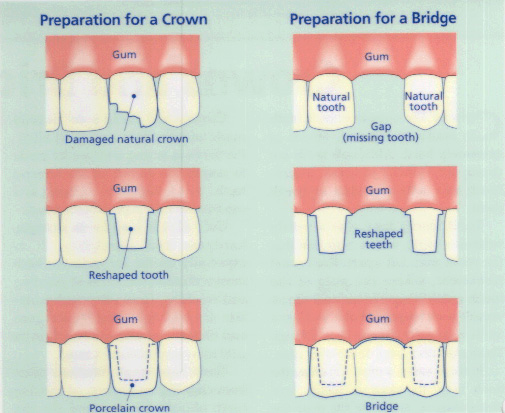
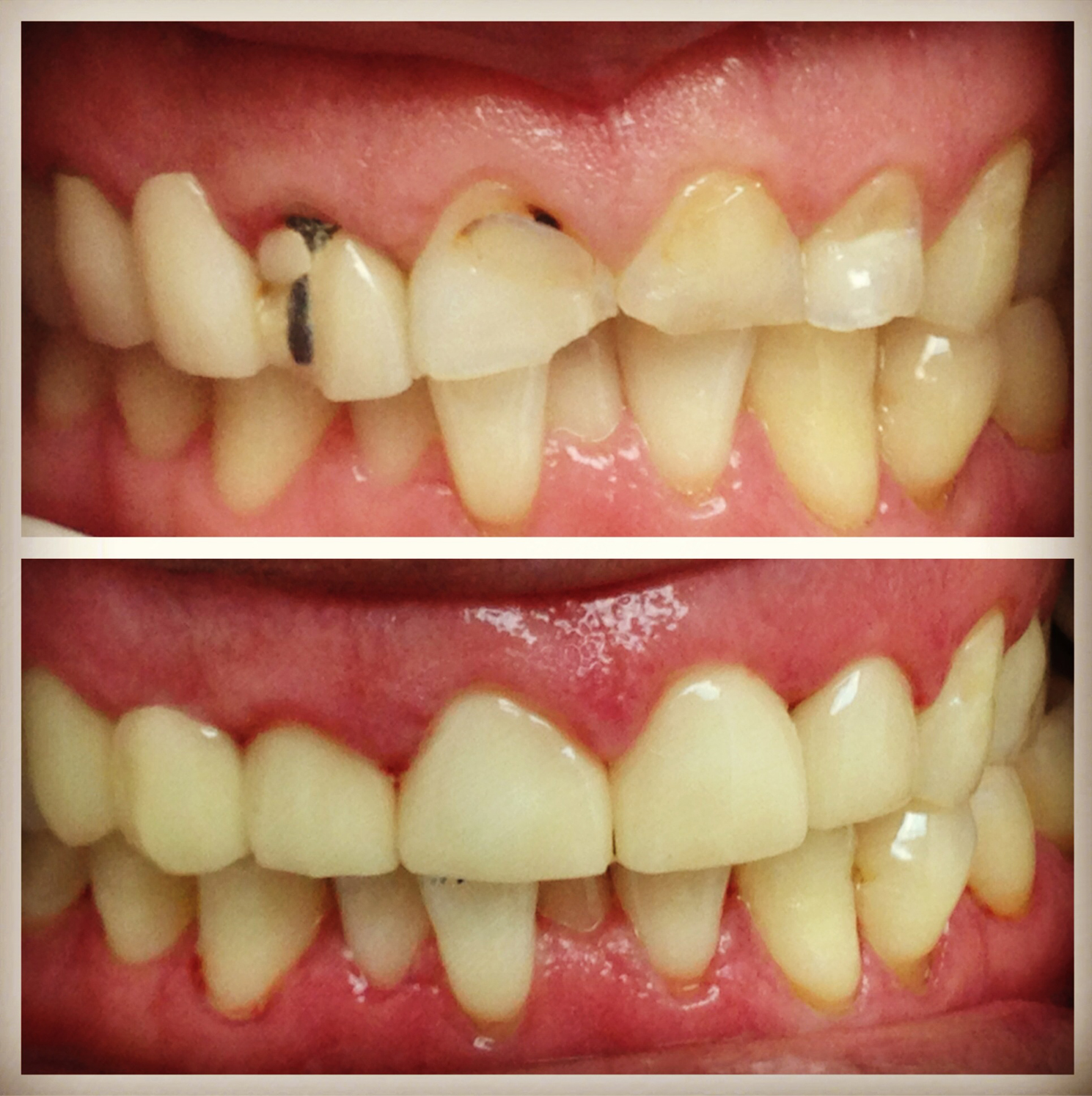

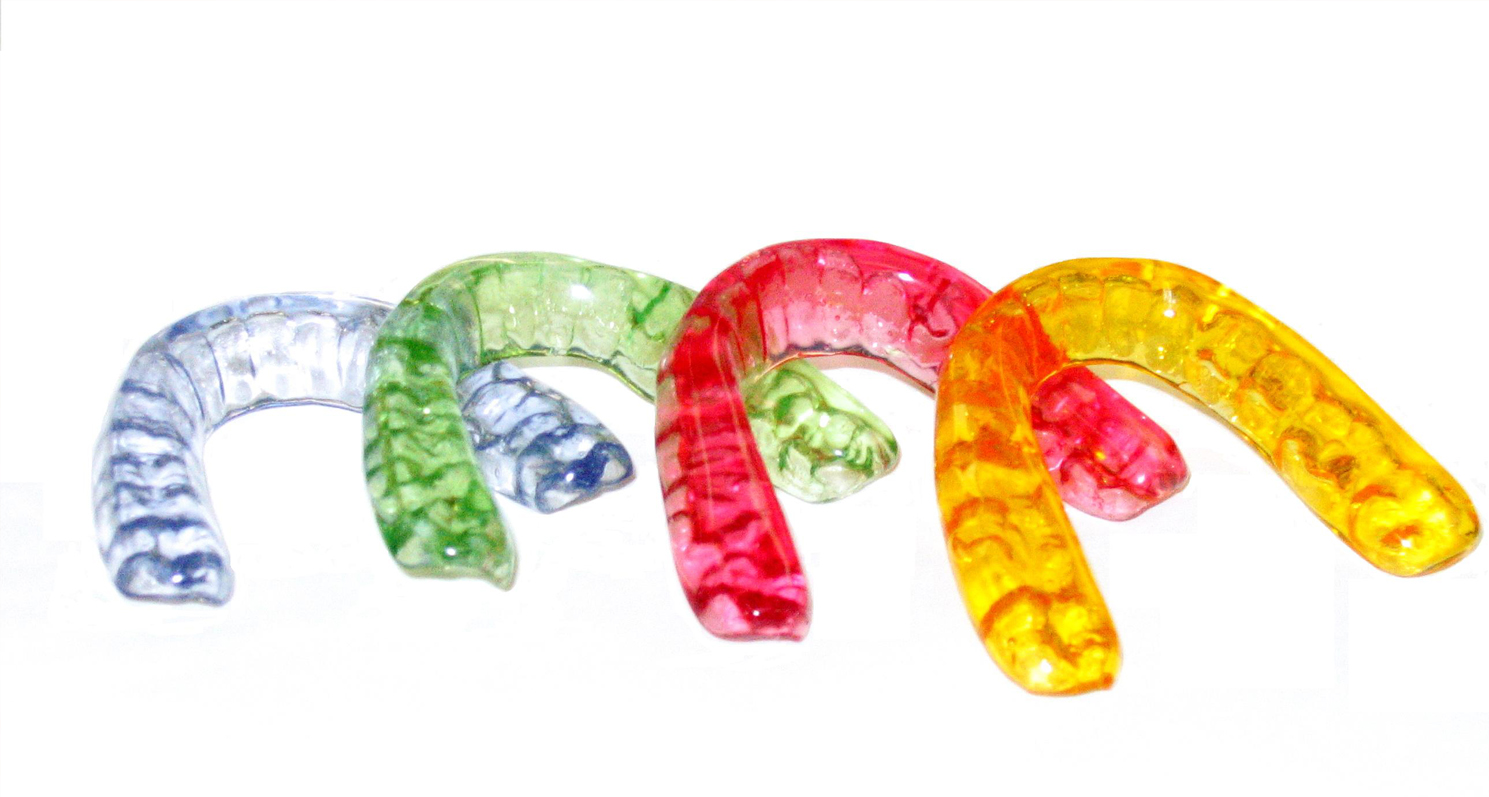
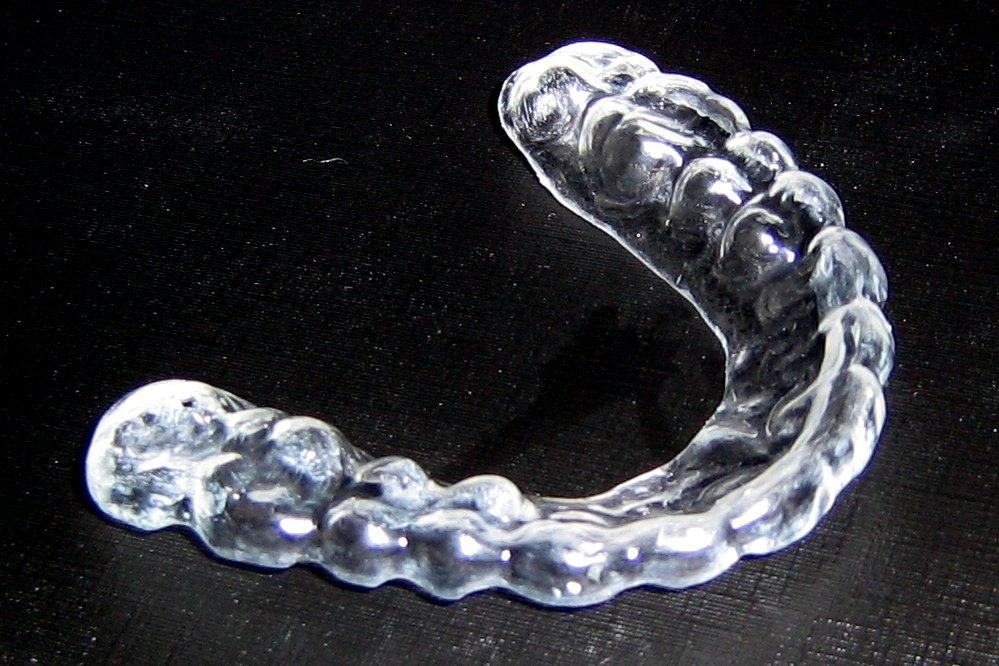
What is a mouthguard?
A mouth guard is specially made by your dentist. It is plastic/rubber-like cover which fits over your teeth and gums, cushioning them and protecting them from damage such as grinding and injury.
Not all people require a mouth guard. It is advised that people who play contact sports such as rugby, hockey, cricket and boxing. All these sports can cause damage to the teeth and jaws and sometimes the jaw may also be affected. A mouthguard is a device that can reduce the possibility of this happening.
Mouthguards may also protect people from grinding their teeth. People under high stress may suffer from symptoms of pain or headaches on one side of the face and may even complain of an earache. Unknowingly you may be grinding your teeth and causing a slow process of tooth wear.
Your dentist will be able to make you a custom-made mouthguard, based on your need, which will fit your mouth exactly and protect your teeth and gums properly. The benefit of having a mouthguard is that it can prevent damage to the jaw, neck and even the brain by helping prevent a concussion if a person endures a heavy knock to the head.
Mouthguards may need to be replaced from time to time due to normal wear and tear in adults or if you are still growing, the mouthguard will not fit anymore. Loss of teeth may require a new mouthguard made.
Get your mouthguard checked when you go for your regular dental assessments.
Whiter Teeth
Whitening is a form of treatment that can help improve a patients smile by careful application of a certain product. Not everyone’s teeth are suitable for whitening. It is always advised to visit your dentist to assess the health of your teeth and gums before you try to whiten your teeth. In some instances you may cause damage to your teeth or the procedure might not work at all. In this case you may need another method of improving your smile such as veneers or dental bonding.
Everybody loves a bright white smile, and there are a ways to get one with so many products available on the market. It is best to start by speaking with your dentist. Who can tell you whether whitening procedures would be effective for you.
Discolouration can be caused by many things. One must remember that results can vary from impressive to not meeting your expectations. It is important to understand what can be achieved within reason before you go ahead with any whitening procedure. The reality is that most people will achieve a slight change of one or two shades lighter but some will see no change at all. What works for one person will not work for another.
Again, your dentist will be able to advise you.
